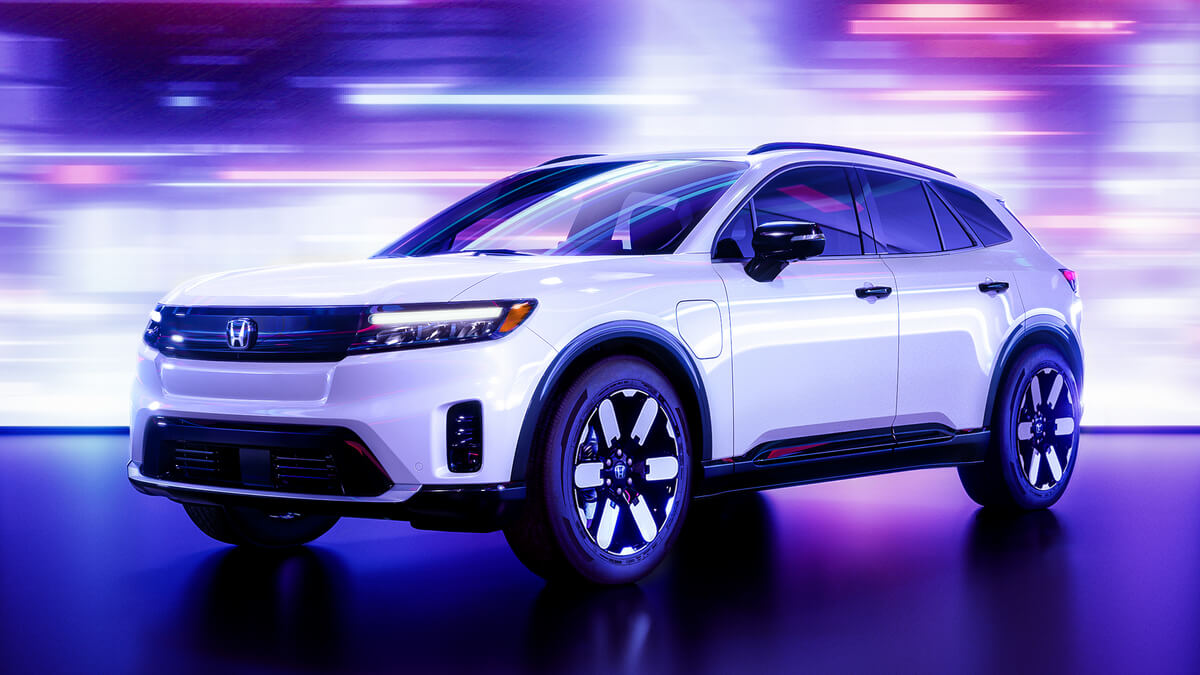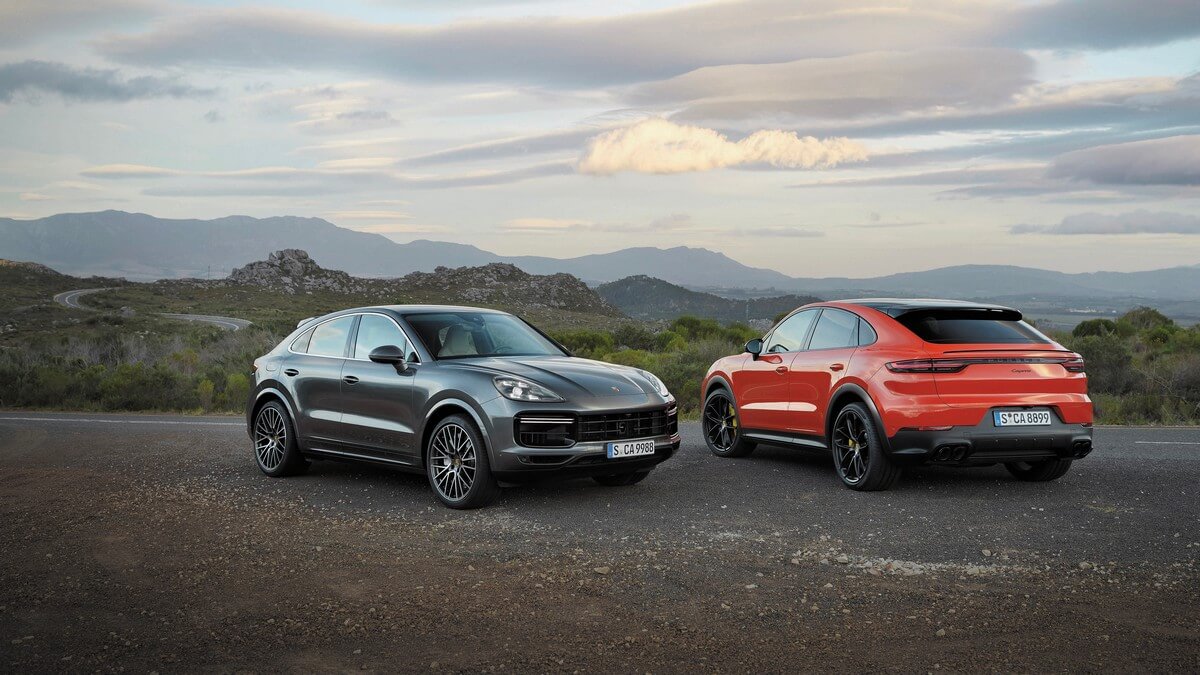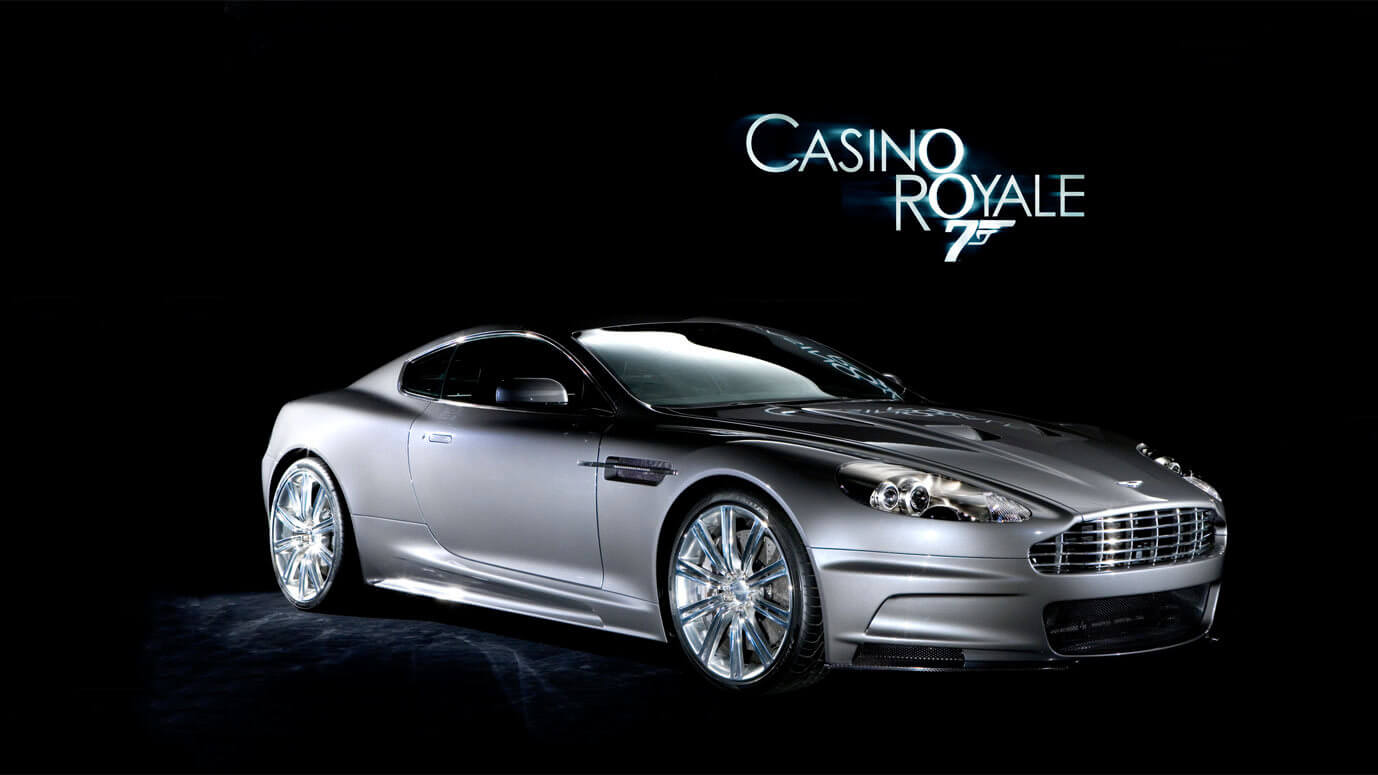New 2 Series Tested Driving the refreshed and popular 2 Series Active and Gran Tourer models.
BMW, unusually for the great German marque, was very, very late to the MPV party. Having previously shunned these high-sided but low-riding vehicles because they didn’t fit in with the brand’s ‘ultimate driving machine’ ethos, Munich succumbed eventually and gave us the 2 Series ‘F45’ Active Tourer (in 2014).
The larger, seven-seat ‘F46’ Gran Tourer followed a year later but, given that the grand-daddy of all MPVs – the Renault Espace – was introduced in 1984, it had taken BMW three decades to react and enter this potentially lucrative area of the market. Of course, the rise and rise of the SUV – of which BMW is one of the world’s leading makers (with six current ‘X’ model lines, and a seventh on the way in 2019) – means that, like the D-segment saloon, the traditional two-box MPV is starting to become an endangered species. Indeed, Renault itself stopped selling the Espace in the UK after the fourth generation of its ground-breaking vehicle, citing the increased focus on SUVs and its smaller cars as the reasons for ending supply.
STRONG SALES
BMW, though, is undeterred by this customer shift, because its premium badging means that people will go out and buy the two models which sit in the more pragmatic arm of the 2 Series family; indeed, to date, in Europe alone, the company has sold more than 300,000 units of both variants. That’s considerably more than BMW sold worldwide of the first-generation F26 X4, where around 200,000 were bought during in the same, four-year period. Also, the importance of precisely who the F45 and F46 are enticing to the brand cannot be underestimated, because 70% of 2 Series AT and GT buyers are people who’ve never owned a BMW before – in other words, conquest sales, rather than migration from other models in the Munich portfolio.
Anyway, it’s now time for these unusual Beemers to have their midlife model facelift, or Life Cycle Impulse (LCI), in the most correct BMW-speak. And, as is increasingly the case nowadays, very little has actually been done during the F45/ F46 LCI. At the rear, it’s extremely simple – the exhausts have increased in diameter from 75mm to 90mm and most models, now including the 218d, boast two tailpipes instead of one.
Along the sides, nothing has changed, unless either the Active or Gran Tourer is finished in one of the two fresh, paint shades; Sunset Orange – as per our test car – or Jucaro Beige (replacing Platinum Silver and Atlantic Grey in the palette). So, it’s up front where you have the best bet of identifying a 2018MY model: enlarged kidney grilles, which are deeper than before, sit between revised light clusters that can now feature the ‘double part-hexagon’ Icon LED illumination. Below this, there’s a much wider apron with horizontal, LED foglamps.
GENTLE IMPROVEMENTS
Inside, it’s much the same story of gentle massaging of what went before, rather than wholesale changes to try to revive the car’s flagging fortunes. There’s a new gear lever, a 5.7in black panel display, optional black optic display for cars fitted with Navigation Plus, additional upholstery finishes and enlarged bases for the front seats to improve driver/passenger comfort. The 2 Series AT and GT models also gain iDrive 6, but it remains displayed on screens of either 6.5 or 8.8 inches in size, depending on trim grade, whereas other BMWs with iD6 tend to have the flashier, 10.25in monitor.
Talking of trim grades, BMW UK continues to sell the two models in a four-spec line-up, starting with SE and running through the equally-rated Sport and Luxury variants, before culminating in the traditional M Sport flagships. The SE models offer a decent specification that includes 16in alloys, a year of BMW ConnectedDrive subscription, dual-zone climate control, an automatic tailgate, Bluetooth with USB audio interface, BMW ConnectedDrive Services, cruise control, Drive Performance Control (DPC), heated mirrors and washer jets, rear Park Distance Control, auto lights and wipers and a Sport multi-function, leather-covered steering wheel.
Stepping up from here, buyers can either up the opulence quotient with the Luxury grade – bringing 17in style 547 multi-spoke light alloy wheels, a 40:20:40 electric split-folding rear seat arrangement with 60:40 manually sliding bench bases, contrast stitching on the instrument panel, Dakota leather upholstery, BMW-designated door sill finishers, chrome exterior detailing in and around the kidney grilles and on the rear bumper, plus LED ambient lighting in the door trims.
SPORTY OPTIONS
Alternatively, there’s a more dynamic vibe available with the Sport, which also features the multi-way adjustable rear seats, contrast stitching, sill finishers, ambient lighting and same-sized 17in alloys as the Luxury but, forgoes the leather trim in favour of a cloth/Sensatec upholstery, Sport seats for the front two occupants, Sport transmissions (bringing in paddle shifts on the auto or DCT models), high-gloss black exterior detailing on the bumpers, window surrounds, exhaust finishers and interior trim, and a different style 549 for the alloy wheels.
The M Sport is familiar fare, providing 18in, double-spoke style 486 M alloys, switchable ambient lighting, Dakota leather Sport seats, the full M Sport exterior bodywork and interior updates plus firmer, M Sport suspension. Interestingly, when models have their LCI overhauls, BMW doesn’t tend to do a bespoke visual update for the M Sport kit, but that’s happened on the F45/F46, as the 2018MY M Sport models also have a fresh, new design of front apron with their own horizontal foglamps.
Moving to motive power, the same range of three- and four-cylinder turbocharged TwinPower Turbo petrol and diesel engines are carried over, with the following models (and their outputs); for the petrol-powered cars, there’s the 140hp 216i, the 192hp 220i and then the 224hp 225xe, which – as its badging suggests – is a plug-in hybrid (PHEV) model, using the inverted and detuned drivetrain from the mighty i8. On the diesel side of things, buyers can choose from the 116hp 216d, the 150hp 218d or the 190hp 220d. The old 225i quietly bit the bullet long ago, by the way, so the PHEV is the fastest 2 AT or GT there is.
MORE EFFICIENT
No engines have actually gained any horsepower, but BMW does cite improvements in fuel consumption, brought about by ‘extensive efficiency-enhancing modifications to the crankshaft, heat management, valve train and turbocharging’, while the seven-speed DCT transmission is drafted in as the ‘automatic’ option or standard gearbox on most models, with the 220d continuing with the eight-speed torque-converter auto (both it and the DCT go under the Steptronic name, though).
Additionally, xDrive all-wheel drive continues to be an option on the 220d alone, where it marginally improves the 0-62mph time by a tenth of a second, while bringing in slight hits to both the fuel economy and CO₂ emissions of the top diesel. The 225xe is also four-wheel drive, but there’s no mechanical link between the axles, so it’s an unusual version of xDrive controlled by intricate on-board software. And that’s about it. Otherwise, the 2 Series Active and Gran Tourers are much as they were.
So, let’s get on to the driving impressions. I started in the 225xe, resplendent in striking Estoril Blue (evoking memories of the E36 M3) and M Sport specification. The press car was also loaded with plenty of options which, rather surprisingly, took the list price over £40,000. This allowed for the £2,500 from the government’s plug-in car grant, and left this PHEV MPV with plenty to do if it was going to get anywhere close to justifying its hefty price tag.
IMPRESSIVE PERFORMER
Luckily, it performed with some aplomb. Occasionally, the ride on the 18in wheels and tougher M Sport suspension made the 225xe feel a little nervous on poorer road surfaces, but it was a fleeting experience and, in general, the mechanical refinement of the Active Tourer was exceptional.
The little 1.5-litre three-cylinder engine in the nose, driving the front wheels, is extraordinarily muted, even when revved right out. Wind noise is also kept to the barest minimum, while only a trace of road roar can be heard at higher speeds. This all leads to a great family contrivance, given the 225xe is such an easy car to drive, and it promises highly impressive running costs, thanks to its claimed economy and emissions.
Of course, the reality is that the 225xe will never hit 113mpg and, in truth, on our test drive it was giving back a rather more modest 31.7mpg, although that was because the battery pack had been depleted during an earlier demonstration run. However, 25 miles of all-electric, zero-emissions range is possible, and makes it a great alternative to a diesel for a suburban family with sub-30-mile daily commutes.
But the 225xe’s greatest strength is its handling. Despite being the first front-wheel-drive, BMW-badged vehicle ever made, and sitting on the same underpinnings as the MINI, the 2 Series AT is a corking steer. It has light, progressive steering, great body control and an appealing chassis, plus an abundance of grip, which makes it phenomenal fun for what it is – a mini-MPV.
SERIOUSLY PUNCHY
The petrol-electric drivetrain provides seriously punchy performance, and has a nice gargle to it in Sport mode, even though the engine still remains pretty quiet at higher revs. The six-speed gearbox – now somewhat short of cogs in an age when eight is the norm and nine- or 10-speed units are not unheard of – is another suitably slick ZF unit that provides well-spaced ratios and great responses to big throttle inputs.
Some of the 2 Series AT’s interior shows its difference from the rest of the BMW family, however, such as the strange toggle switch on the centre stack for the DPC drive modes, and the aforementioned smaller screen for the iDrive. And that carries over into the Gran Tourer, which I drove in 220i form, with the new, seven-speed DCT.
While the 2 GT is specified as a seven-seater, the third row is small, so is probably best reserved for younger children, rather than ever trying to accommodate any adults. But, as a piece of packaging, it’s really impressive to get seven seats – no matter what their size – into something that sits on the same floorpan as a MINI.
It also drives really well. There’s no real feeling of extra mass, despite the GT’s circa 80kg weight penalty and, while you’re still sitting up higher, as befits an MPV, it’s not such a lofty position nor a roly-poly driving experience as to discourage some spirited cornering. If anything, I like the 2.0-litre turbocharged petrol drivetrain and the new, super-fast DCT gearbox drivetrain in this car even more than the 225xe, because the 220i is keen to rev and sounds decently throaty out to its redline. But it’s pleasantly hushed and refined during part-throttle motoring, too.
In short, then, not much has changed with the 2 Series Active and Gran Tourer models, but then not much needed to. They might not be the most desirable of BMWs, and there’s certainly a debate to be had about the styling. For what it’s worth, I prefer the overall proportionality and rear-end treatment of the larger, Gran Tourer model, but the two versions both drive brilliantly, provide impressive cabins and fill an important – and pragmatic – product hole in the BMW line-up.
Yes, against all odds, this pair of BMW MPVs continue to prevail, despite the motoring world’s apparent rush towards an SUV-dominated lifestyle. So, while it might have taken Munich a long time to cotton-on to the MPV game, it has certainly come up with a winning formula for this type of machine.
2019 BMW 225xe Active Tourer M Sport F45
PRICE: Active Tourer range from £24,910, 225xe M Sport from £36,235, car as tested £43,310; government plug-in car grant available reduces quoted 225xe prices by £2,500
DRIVETRAIN: 1.5-litre turbocharged three-cylinder petrol, six-speed Steptronic auto (petrol), reduction gear (electric motor), four-wheel drive
ECONOMY: 113mpg
CO² EMISSIONS: 57g/km
TOP SPEED: 126mph
0-62MPH: 6.7 seconds
POWER: petrol 136hp at 4,400rpm, electric 88hp at 4,000rpm, combined peak output 224hp
TORQUE: petrol 162lb ft at 1,250-4,300rpm, electric 122lb ft at 0-3,000rpm, combined peak output 284lb ft
2019 BMW 220i Gran Tourer Sport F46
PRICE: Gran Tourer range from £26,775, 220i Sport from £31,440, car as tested £36,825
DRIVETRAIN: 2.0-litre turbocharged four-cylinder petrol, seven-speed DCT twin-clutch automatic, rear-wheel drive
ECONOMY: 47.9mpg
CO² EMISSIONS: 134g/km
TOP SPEED: 137mph
0-62MPH: 7.8 seconds
POWER: 192hp at 5,000-6,000rpm
TORQUE: 207lb ft at 1,250-4,600rpm
“70% of 2 AT and GT buyers are people who’ve never owned a BMW before”
The traditional two-box MPV is starting to become an endangered species
In Europe alone, BMW has sold more than 300,000 2 Series Active and Gran Tourers in the past four years.
Although the revisions made for the 2 Series MPV’s LCI are minor, the sales success. looks set to continue. Comfortable seats and a higher driving position are givens in BMW’s successful MPVs.
There’s nothing terribly unexpected to report regarding the interior. It’s all very typically modern BMW; well-made and good to use…
This test car is finished in Sunset Orange Metallic – one of two new paint colours introduced as part of the LCI.
Although the exterior styling might not excite motorists, the way the 2 Series Active and Gran Tourer work as practical, family cars, evidently does.





